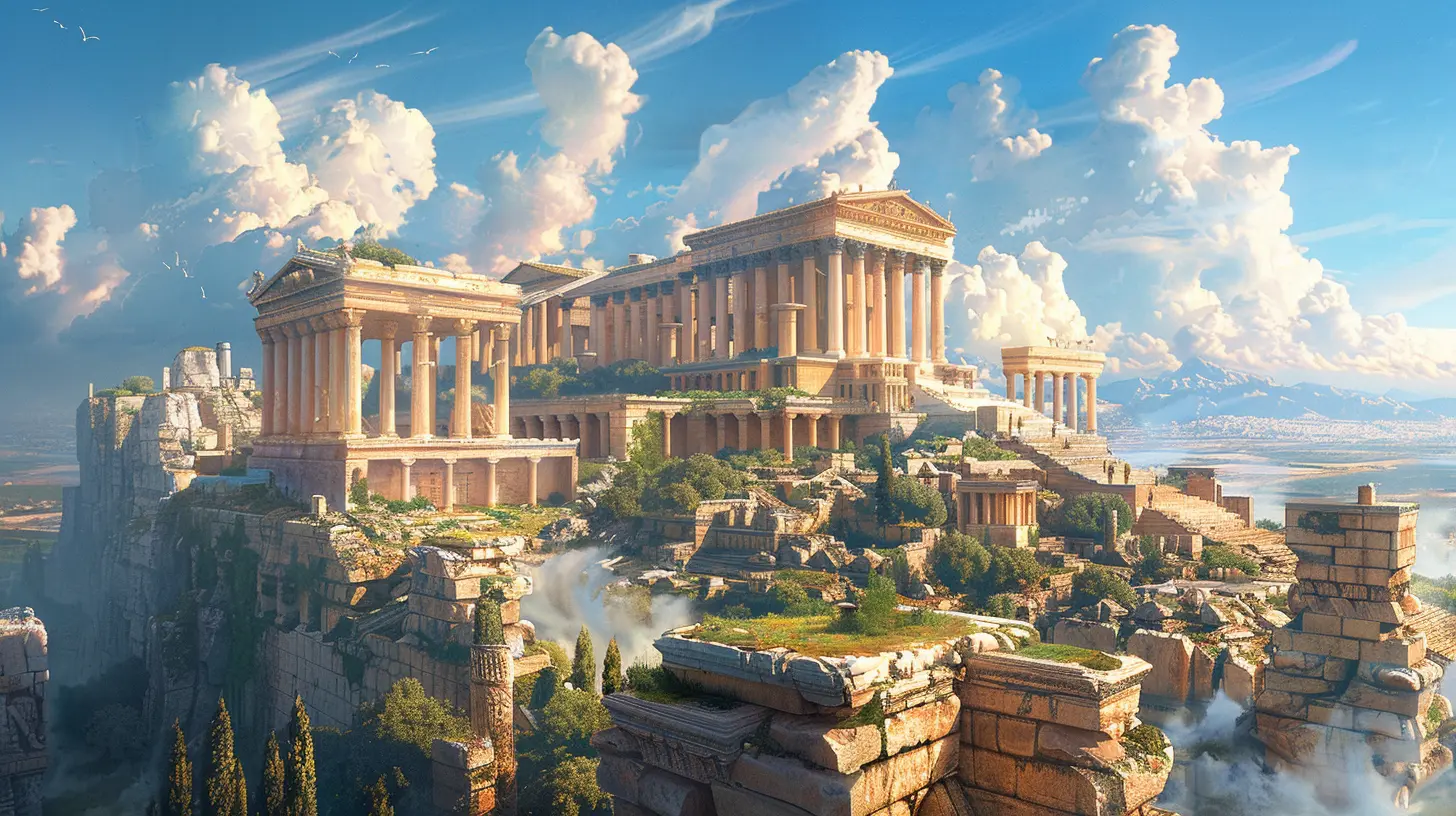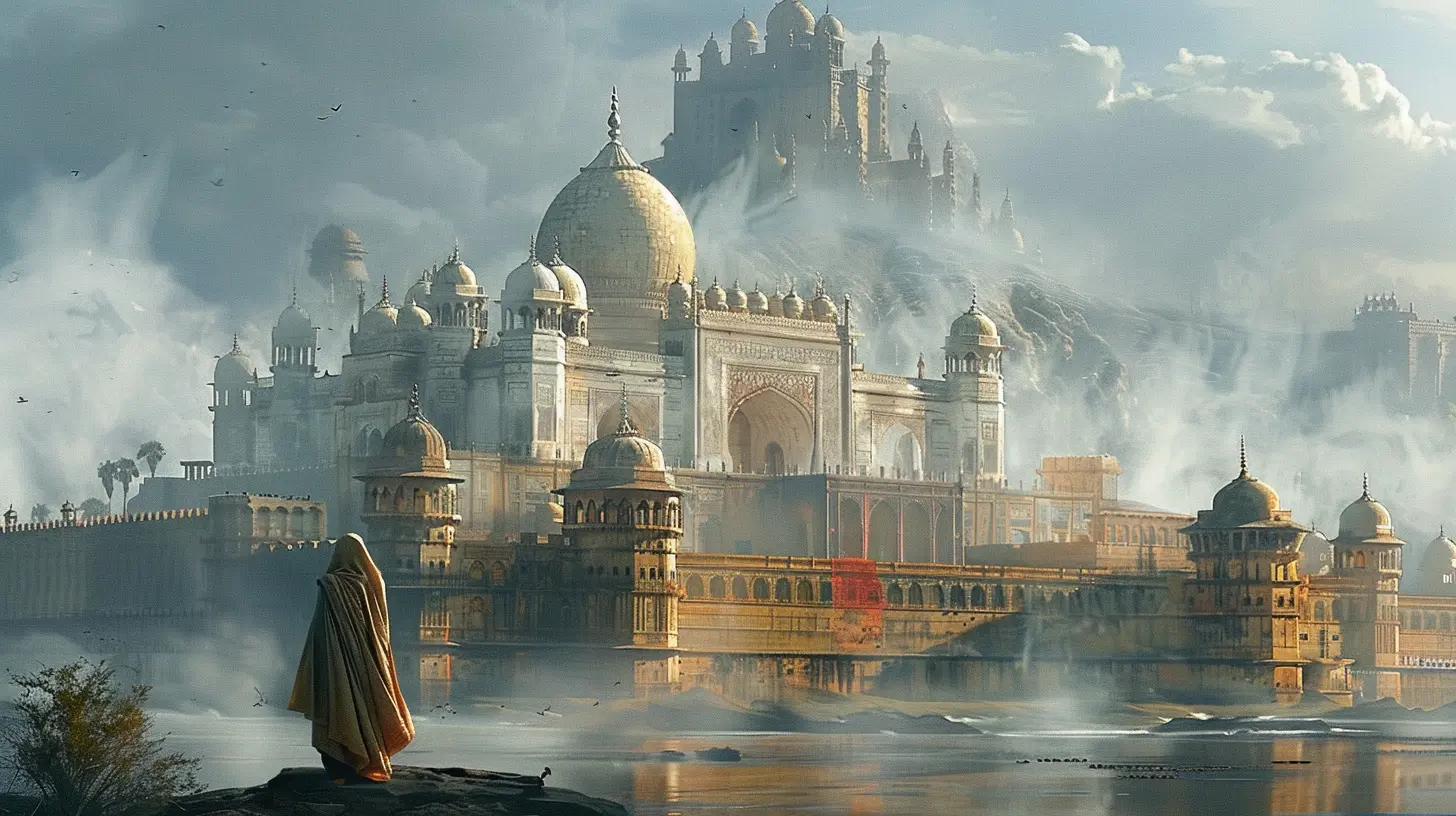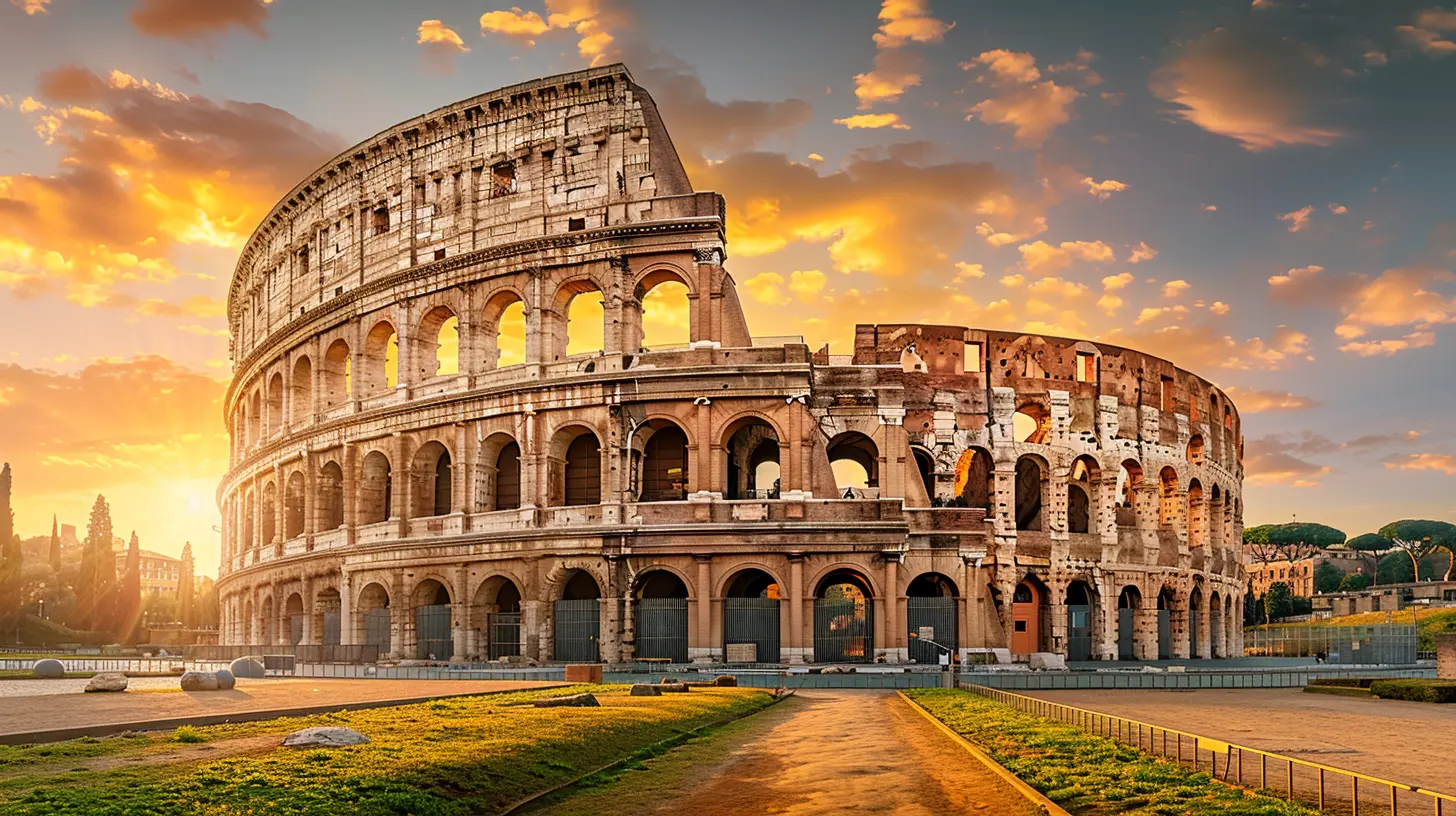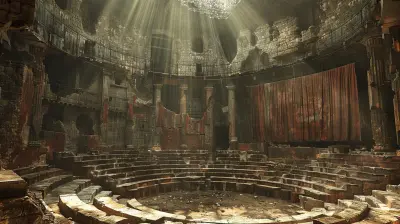6 January 2025
Ever wondered how ancient civilizations managed to build structures so grand and enduring that they still capture our imagination today? Let’s dive into the fascinating world of ancient engineering, the architectural wonders of empires past, and uncover the secrets behind their longevity and grandeur. These masterpieces weren’t just about aesthetics—they were symbols of power, cultural identity, and technological ingenuity.
Grab your virtual passport, because we’re about to explore engineering marvels that defined empires and left indelible marks on our world! 
The Architecture of Empires: A Testament to Human Creativity
When you think of ancient empires, what comes to mind? Towering pyramids, intricate temples, imposing walls, or awe-inspiring amphitheaters? These weren’t just structures—they were statements, bold declarations of power and vision.Ancient architects didn’t have cranes, computers, or 3D models, yet they constructed marvels that have survived millennia. Impressive, right? Their secret wasn’t just back-breaking labor (although that certainly played a role). These masterpieces combined clever engineering, mathematical precision, and a deep understanding of natural resources. Each empire left its architectural fingerprint on history, one stone at a time. 
The Egyptian Pyramids: Timeless Monuments of Precision
Let’s start with one of the most iconic architectural feats in history—the Great Pyramids of Giza. These colossal structures have fascinated engineers, archaeologists, and tourists alike for thousands of years.Built around 4,500 years ago, the Great Pyramid of Khufu stands out not just for its size but its precision. Each of its two million limestone blocks was cut, transported, and placed with meticulous accuracy. Ancient Egyptians didn’t have modern tools, so how did they manage this? Ingenious planning, manpower, and advanced understanding of geometry played crucial roles.
Some theories suggest ramps, while others propose levers and pulleys. Either way, the pyramids aren’t just tombs—they’re testaments to the Egyptian genius for engineering and logistics. 
The Roman Aqueducts: Water Highways of the Ancient World
When you think of Roman engineering, one word should come to mind—practicality. The Romans weren’t just about grandiosity; they were about solving problems. Their aqueducts are shining examples of this.Imagine this: You’re living in ancient Rome, one of the largest cities in the world, and there’s no natural water source nearby. Massive problem, right? Enter the aqueducts! These stone marvels transported fresh water from springs, rivers, and mountains into cities—some spanning up to 50 miles.
What’s cool is that the Romans mastered the art of gradient. Water flowed smoothly over long distances, thanks to their precise calculations. Did we mention that some aqueducts, like the Pont du Gard in France, still stand today? Talk about good plumbing! 
The Great Wall of China: A Giant with a Purpose
The Great Wall of China isn’t just a wall—it’s a sprawling, snaking fortress stretching over 13,000 miles. Built over several dynasties, it’s one of the largest construction projects in human history.Contrary to popular belief, it wasn’t a single wall built all at once. Various sections were constructed using different materials, from tamped earth to bricks, depending on what was available locally. Its main purpose? Defense. It kept out invading forces and sent a clear message: “This is our territory—think twice before crossing it.”
Walking along the wall today, you can’t help but marvel at the sheer determination and organization it took to bring this vision to life. And let’s be honest, it also makes for some killer Instagram photos!
The Parthenon: Greece’s Gift to the Gods
Ah, ancient Greece—the cradle of Western civilization. The Parthenon, perched high on the Athenian Acropolis, is a shining example of Greek architectural brilliance. But here’s the thing: It’s not just beautiful. It’s mathematically perfect.Using optical illusions, the architects designed the Parthenon to appear straight and symmetrical, even though some of its columns are slightly curved. Mind-blowing, right? Built to honor Athena, the city’s patron goddess, the Parthenon isn’t just a temple—it’s a celebration of human intellect and creativity.
From its intricate carvings to its impeccable proportions, this structure continues to inspire architects and visitors alike. If you ever visit Athens, this is a must-see!
The Colosseum: Entertainment Meets Engineering
Picture this: You’re in ancient Rome, surrounded by 50,000 cheering spectators, all gathered to watch gladiators battle for glory. What venue could host such an event? None other than the Colosseum.This massive amphitheater is more than 1,900 years old, and it’s still standing strong. The Romans built it using a combination of concrete, stones, and arches—a revolutionary construction technique at the time. The result? A structure so durable it became the blueprint for modern stadiums.
Oh, and get this: The Colosseum even had a retractable awning system for shade. Ancient air conditioning, anyone? It’s incredible how the Romans managed to balance form and function while creating an enduring symbol of their empire.
Machu Picchu: The Incan Puzzle in the Clouds
High in the Andes Mountains of Peru lies Machu Picchu, a mysterious Incan city shrouded in fog and intrigue. Built in the 15th century, it’s a masterpiece of stone construction—and here’s the kicker: The stones fit together so tightly that not even a knife blade can slip between them.How did the Incas pull this off without mortar or modern tools? Experts believe they used a technique called “ashlar,” where stones were meticulously shaped to interlock perfectly. This not only made the structures earthquake-resistant but also showcased the Incas’ incredible ingenuity.
Walking through Machu Picchu feels like stepping into a dream. From its terraced fields to its sacred temples, this ancient city is a reminder that great architecture doesn’t always require modern materials.
Petra: The Rose-Red City Carved from Rock
Hidden in the deserts of Jordan lies Petra, a city carved directly into rose-colored cliffs. Yeah, you read that right—carved, not built.Built by the Nabataeans more than 2,000 years ago, Petra served as a bustling trade hub. Its most famous structure, the Treasury (Al-Khazneh), is a jaw-dropper. With intricate carvings and soaring columns, it’s a stunning example of how ancient engineers used natural landscapes as part of their designs.
What’s equally fascinating is Petra’s water management system. Despite being in the middle of a desert, the city had canals, cisterns, and reservoirs to collect and distribute water. Talk about forward thinking!
Angkor Wat: Cambodia’s Spiritual Oasis
Spanning over 400 acres, Angkor Wat is the largest religious monument in the world. Originally built as a Hindu temple dedicated to Vishnu, it later transformed into a Buddhist sanctuary—talk about versatility!But what really makes Angkor Wat stand out is its intricate design. The temple is a giant 3D mandala, representing the mythological Mount Meru, the center of the universe in Hindu and Buddhist cosmology. Every carving, every spire, and every hallway here has a story to tell.
The moat surrounding Angkor Wat isn’t just for show—it’s a feat of engineering that stabilizes the ground and prevents the temple from sinking. Visiting this place feels like stepping into a time machine.
Lessons from Ancient Engineers
So, what can we learn from these ancient marvels?First, resourcefulness matters. These empires worked with what they had, using local materials and adapting their methods to fit the landscape. Second, they planned for the future. Many of these structures were built not just for their times but to stand the test of time.
Lastly, they remind us of our potential. If ancient civilizations could achieve such greatness without modern technology, imagine what we can accomplish today!
Conclusion
The architecture of empires isn’t just about bricks and stones—it’s about innovation, vision, and the enduring power of human creativity. These ancient structures continue to inspire us, reminding us that greatness is always within reach.Next time you visit one of these marvels, take a moment to appreciate the ingenuity behind them. These weren’t just buildings; they were dreams turned into reality, standing tall as testaments to human ambition.
So, which architectural wonder is on your bucket list? Let us know in the comments—and don’t forget to pack your curiosity when you visit!









Etta Smith
This article beautifully captures the awe-inspiring achievements of ancient engineering. It reminds us of the ingenuity and creativity that shaped our world's architectural heritage.
February 11, 2025 at 4:57 AM